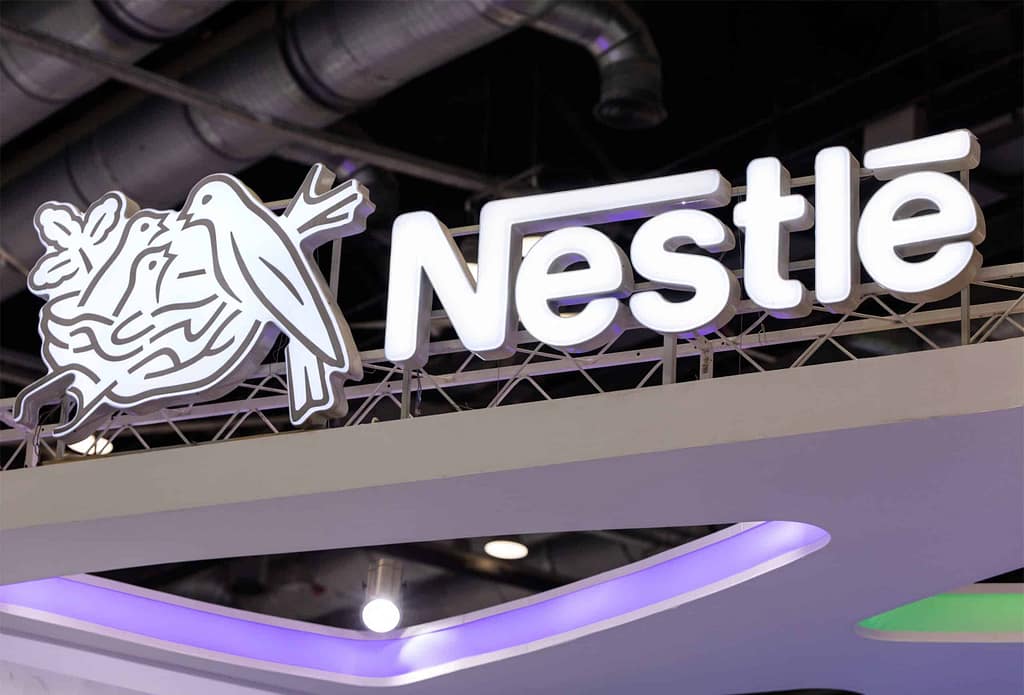Nestlé has committed to moving the equivalent of half its global shipping needs to alternative, lower-emission fuels with immediate effect.
“Reaching net zero requires changing many aspects of how we source, make, and distribute our products,” says Nestlé Executive Vice President and Head of Operations Stephanie Hart.
By switching to cargo ships that use fuels made from waste, such as used cooking oil, the company aims to reduce its annual greenhouse gas emissions from shipping by around 200,000 metric tonnes of carbon dioxide equivalent.
Nestlé projects this could help avoid the use of approximately 500,000 barrels of crude oil for ocean transportation.
“The agreements we’ve signed with our shipping partners will help us cut emissions and immediately reduce our carbon footprint,” says Hart.
“We know this is an interim solution and continue to encourage the development of longer term decarbonisation solutions in shipping and distribution.”
According to information provided by collaborating shipping companies, fuels made from waste offer a reduction of at least 70 per cent in equivalent emissions compared with standard options.
The agreements signed with Hapag-Lloyd, Maersk and CMA CGM cover half of Nestlé’s shipping volumes moved in 2023, with an option to extend the agreement into 2024 and beyond.
“Nestlé is a key customer of Hapag-Lloyd, and through this collaboration, we are significantly reducing CO2e emissions,” says Hapag-Lloyd Switzerland Country Manager Thorben Nibbe.
The post Nestlé shifts to lower carbon alternatives for shipping appeared first on Global Coffee Report.


